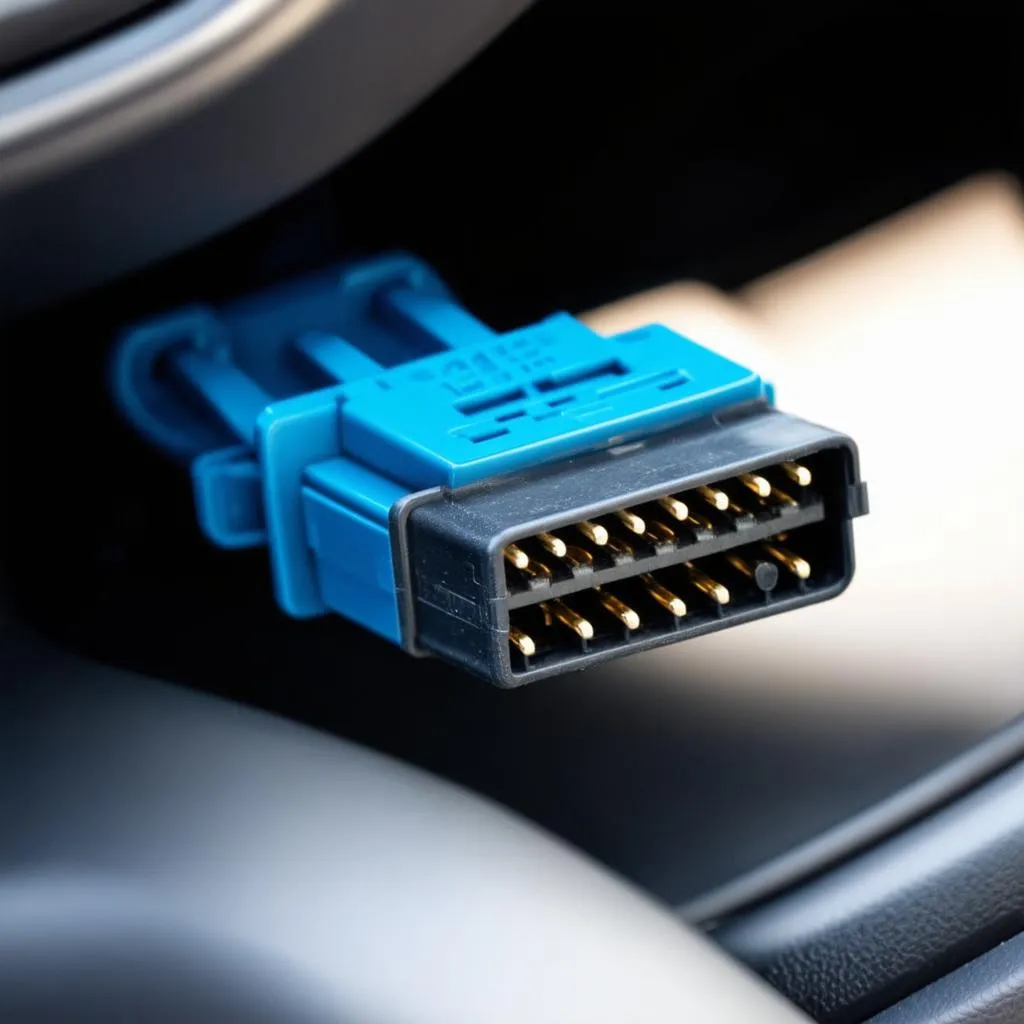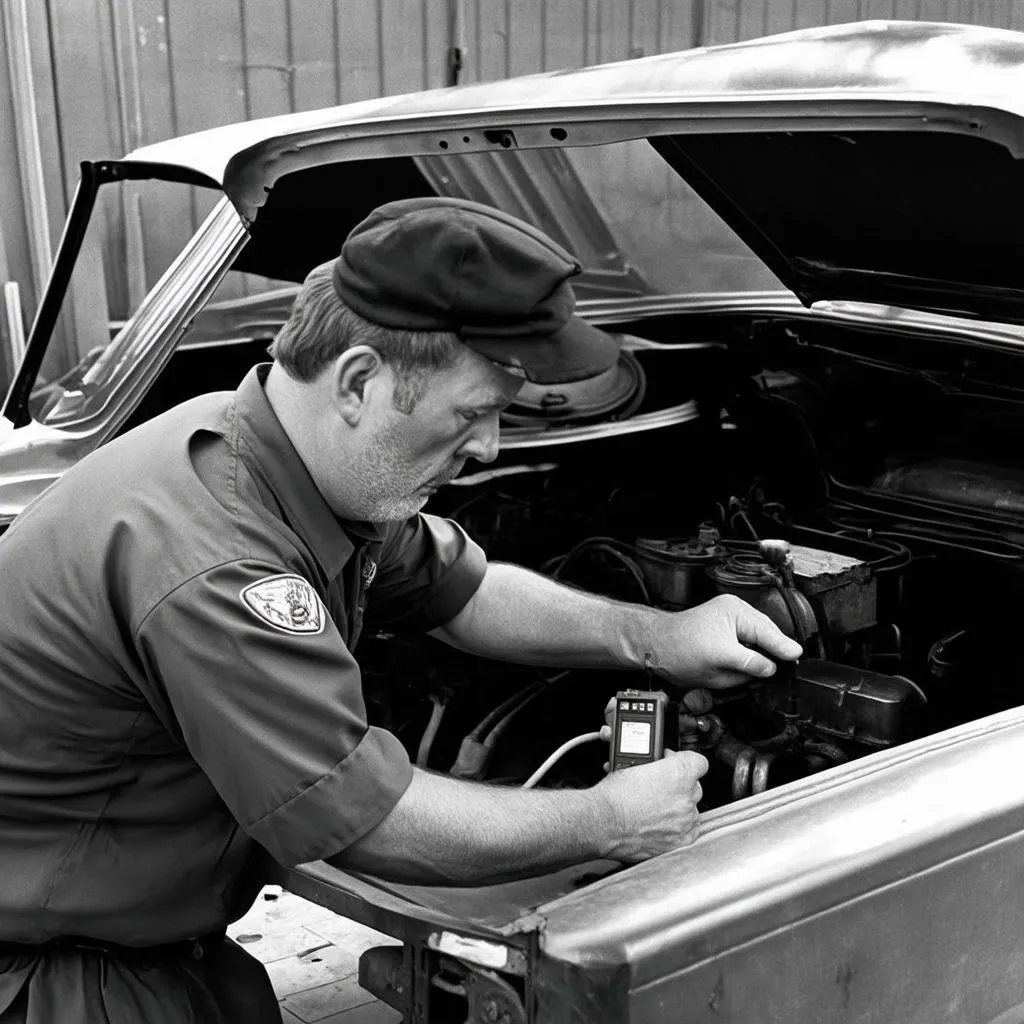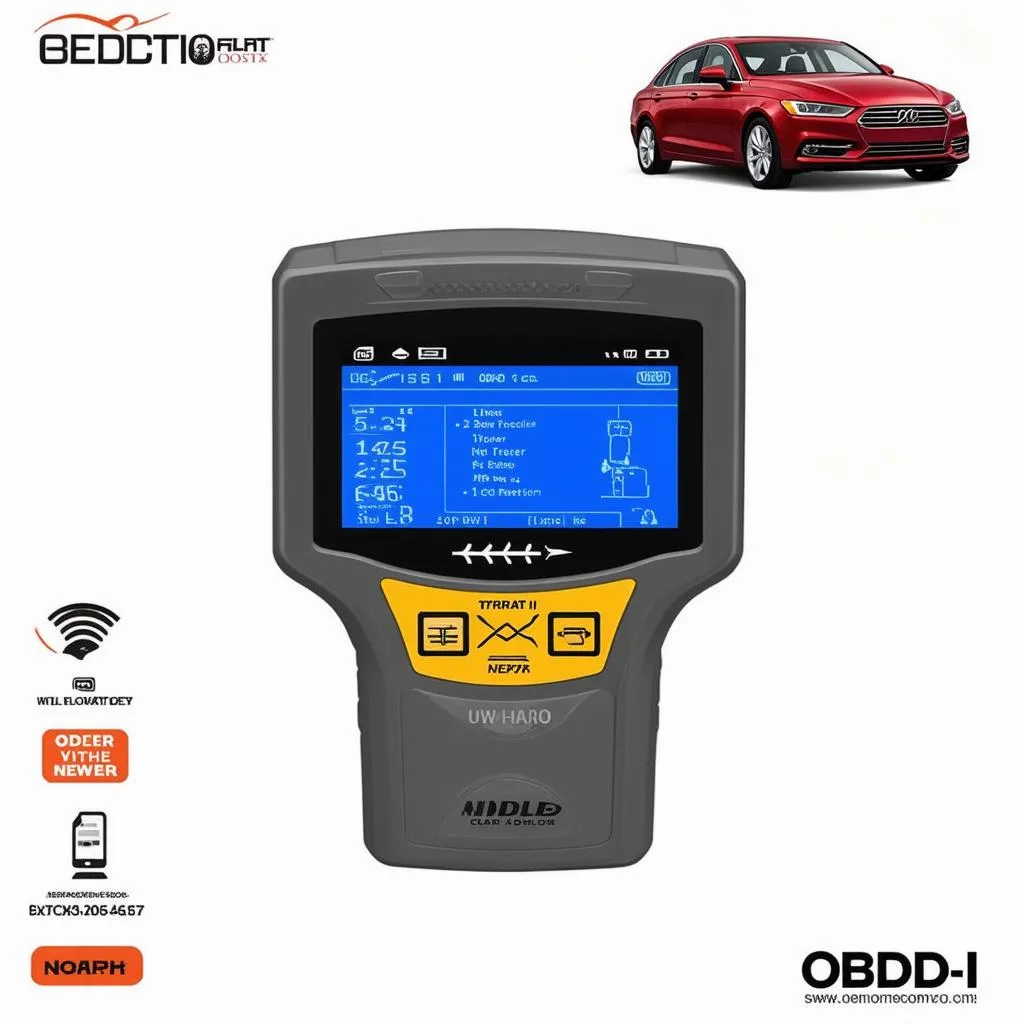Have you ever wondered how mechanics used to diagnose car problems before the age of smartphones and fancy scanners? It was a different world, filled with manual labor, intuition, and a little bit of good old-fashioned luck. Back then, mechanics relied on their knowledge of how cars worked and a set of specialized tools. One of those tools was the Obd-i, the predecessor to the ubiquitous OBD-II system that we know and love today.
What is Obd-i?
OBD-I, short for On-Board Diagnostics I, is a diagnostic system for automobiles that was first introduced in the United States in 1981. It was a rudimentary system compared to its successor, OBD-II, but it marked the beginning of a revolution in how cars were diagnosed and repaired.
The Birth of On-Board Diagnostics
The introduction of OBD-I was driven by the need to regulate emissions and improve fuel efficiency. The Environmental Protection Agency (EPA) was concerned about the increasing levels of pollutants from cars, and they wanted a way to monitor and regulate emissions. OBD-I provided a way to track the car’s performance and identify any potential problems that could lead to increased emissions.
How Obd-i Works
OBD-I was a simple system that used a combination of sensors and a central control unit to monitor various aspects of the car’s performance. The sensors would send data to the control unit, which would then analyze the data and identify any potential problems. This information could be accessed through a diagnostic connector, which was typically located under the dashboard.
The Obd-i Diagnostic Connector
The OBD-I connector was a 16-pin connector, and it was used to connect a diagnostic scanner to the car’s system. The scanner would then read the data from the control unit and display it to the mechanic. This data could include information about the engine speed, engine load, coolant temperature, and other important parameters.
Limitations of Obd-i
While OBD-I was a significant step forward in automotive diagnostics, it had some limitations. It was a relatively simple system, and it could only provide limited information about the car’s performance. It was also not standardized across all car manufacturers, making it difficult for mechanics to use the same diagnostic tools on different cars.
Understanding Obd-i vs. Obd-iI
The OBD-II system, introduced in 1996, replaced OBD-I and became the standard for all cars sold in the United States. OBD-II provides much more information about the car’s performance and is standardized across all car manufacturers. It also includes a self-diagnostic capability that allows the car to detect and report problems, making it much easier for mechanics to diagnose and repair cars.
FAQs about Obd-i
Here are some of the most common questions about OBD-I that we receive from our readers:
1. What is the difference between OBD-I and OBD-II?
OBD-II is the more advanced system that replaced OBD-I. It provides more information and is standardized across all car manufacturers. OBD-I was a simpler system that was not as standardized.
2. Does my car have OBD-I or OBD-II?
You can determine whether your car has OBD-I or OBD-II by looking at the diagnostic connector. OBD-I connectors have 16 pins, while OBD-II connectors have 16 pins in a rectangular arrangement.
3. Can I use an OBD-II scanner on an OBD-I car?
No, you cannot use an OBD-II scanner on an OBD-I car. The two systems use different protocols, so the scanner will not be able to communicate with the car’s system.
4. What are some common OBD-I codes?
OBD-I codes are typically displayed as two-digit codes. Here are a few examples:
- 12: This code indicates a fault with the engine coolant temperature sensor.
- 21: This code indicates a fault with the oxygen sensor.
- 33: This code indicates a fault with the throttle position sensor.
5. How can I find an OBD-I scanner?
OBD-I scanners are becoming increasingly difficult to find, but you can still find them online or at specialty auto parts stores.
Obd-i: The Legacy of a Pioneering System
While OBD-I may be a thing of the past, it played a crucial role in paving the way for the modern automotive diagnostics systems that we use today. It taught us the importance of monitoring emissions and using technology to improve vehicle performance. As we continue to develop new and innovative diagnostic technologies, it’s important to remember the lessons learned from the early days of OBD.
Explore Further
- Data on the Fuel Injectors with an OBD-II Scanner
- 2004 Tundra SR5 OBD-II Location
- Chevrolet Silverado OBD-II
- Fixd OBD-II Active
- Autometer 5323 OBD-II Signal Splitter Adapter
 OBD-I Connector
OBD-I Connector
 Old Car Mechanic
Old Car Mechanic
 OBD-I Scanner
OBD-I Scanner
If you’re interested in learning more about modern automotive diagnostics, be sure to check out our other articles on OBD-II and other advanced systems. And if you have any questions, please don’t hesitate to reach out to us! We’re always happy to help.
Need assistance with your car’s diagnostics? Contact us via WhatsApp: +84767531508. Our team of experts is available 24/7 to provide support and help you with your vehicle’s maintenance.